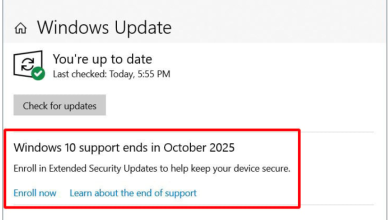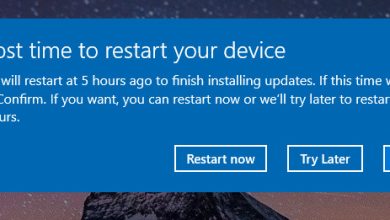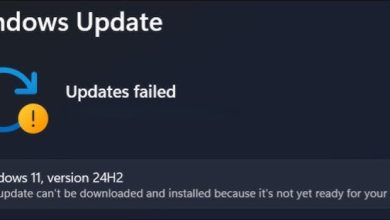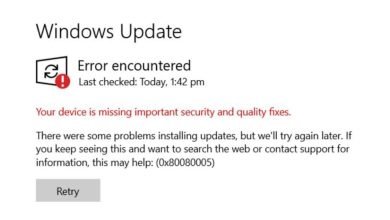How to Fix Windows Update “Error Code: Error 0x800706ba”?
When attempting to install Windows updates, the process may abruptly fail with error code 0x800706ba, often without detailed explanation or resolution steps. This error signifies that the Remote Procedure Call (RPC) server is unavailable, indicating a communication failure between the client and server during a remote procedure call.

The most common cause is that the RPC service is not running or is being blocked by a firewall; other causes include misconfigured DCOM permissions, network connectivity issues, or disabled necessary services. This error can also occur during certificate enrollment, system image restoration, or when syncing iCloud with Outlook, all of which rely on RPC communication.
In this article, we will discuss different ways to solve this error.
1. Set Update Services to Automatic
This fix ensures that essential update-related services are configured to start with Windows. If any of them are set to manual or disabled, RPC-dependent operations may fail during update processing.
- Search for Command Prompt, right-click it, and select Run as administrator.
- Execute each of the following commands:
sc config wuauserv start=auto sc config bits start=auto sc config cryptsvc start=auto sc config trustedinstaller start=auto
3. Restart your system and try updating again.
2. Reset Windows Update Components
This method flushes out old update data and resets core update services. It’s particularly useful when cached files or incomplete downloads are causing communication issues with Microsoft servers.
- Open Command Prompt as administrator.
- Run the following commands one at a time:
net stop wuauserv net stop cryptSvc net stop bits net stop msiserver ren C:\Windows\SoftwareDistribution SoftwareDistribution.old ren C:\Windows\System32\catroot2 catroot2.old net start wuauserv net start cryptSvc net start bits net start msiserver
3. Reboot your system once all commands complete.
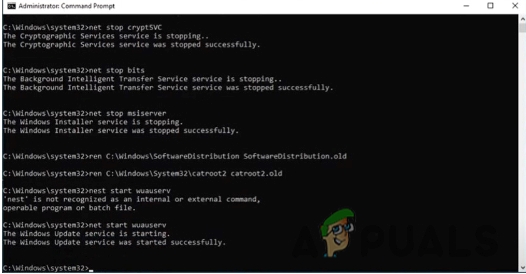
3. Use PowerShell to Manually Trigger Updates
This older method attempts to manually initiate the update check process. While it’s deprecated on modern Windows builds, it may still work in older systems or enterprise environments that use legacy infrastructure.
- Search for PowerShell, right-click it, and choose Run as administrator.
- Run the following command:
wuauclt.exe /updatenow
3. Restart your PC after executing the command.

4. Run Windows Update Troubleshooter
Microsoft includes a dedicated troubleshooter that automatically detects and resolves known update-related errors. It also verifies the integrity of essential services and checks for common misconfigurations.
- Open Settings and navigate to System > Troubleshoot > Other troubleshooters.
- Click Run next to Windows Update.
- Let the troubleshooter complete and follow any on-screen instructions.
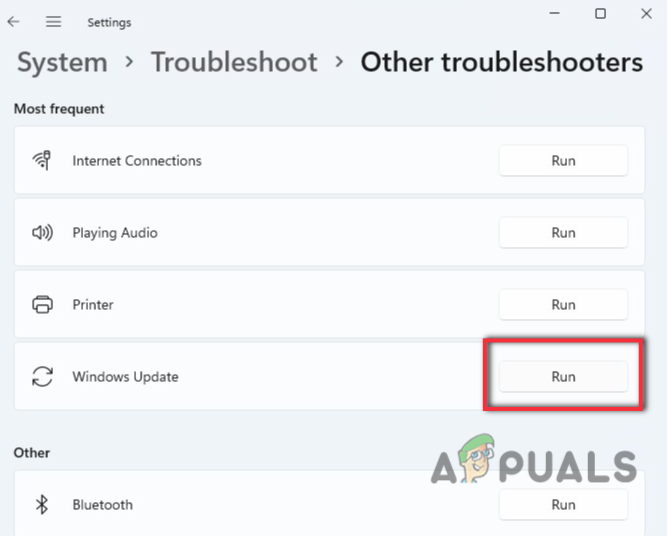
5. Repair System Files with SFC and DISM
System file corruption can silently block RPC services and update components. This dual-step process uses built-in repair tools to fix file integrity issues that could be preventing updates from installing.
- Open Command Prompt as administrator.
- Run:
sfc /scannow
3. After that, run the following DISM commands one by one:
DISM /Online /Cleanup-Image /CheckHealth DISM /Online /Cleanup-Image /RestoreHealth
4. Restart the system after both scans are completed.
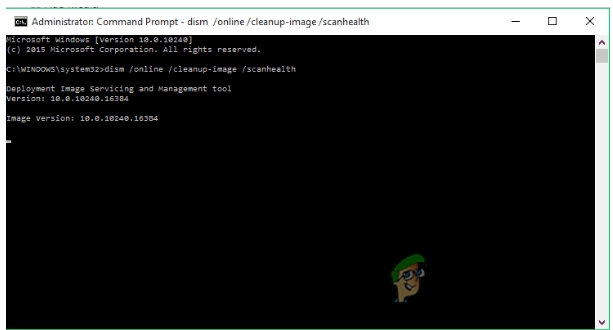
6. Temporarily Disable Third-Party Antivirus
Overprotective security tools can block Windows Update access or prevent RPC-related services from starting. Disabling them temporarily helps verify whether the antivirus is the root of the issue.
- Go to Windows Security > Virus & threat protection > Manage settings.
- Turn off Real-time protection.
- Retry the update, and turn protection back on afterward.
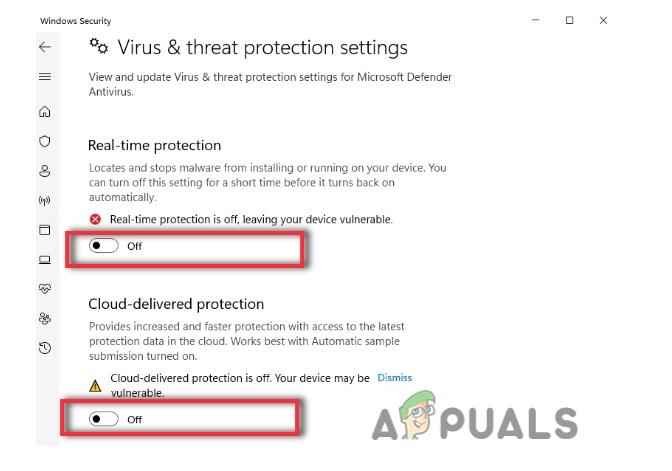
7. Edit Group Policy Settings
This method removes potentially restrictive update policies set via Local Group Policy Editor. It’s effective when corporate update policies interfere with RPC or background service operations.
- Press Windows + R, type
gpedit.msc, and hit Enter.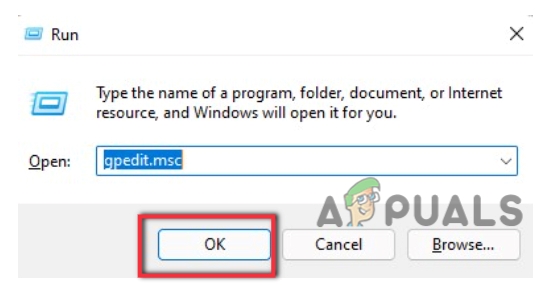
Open Group Policy Editor - Navigate to:
Computer Configuration > Administrative Templates > Windows Components > Windows Update > Manage end user experience.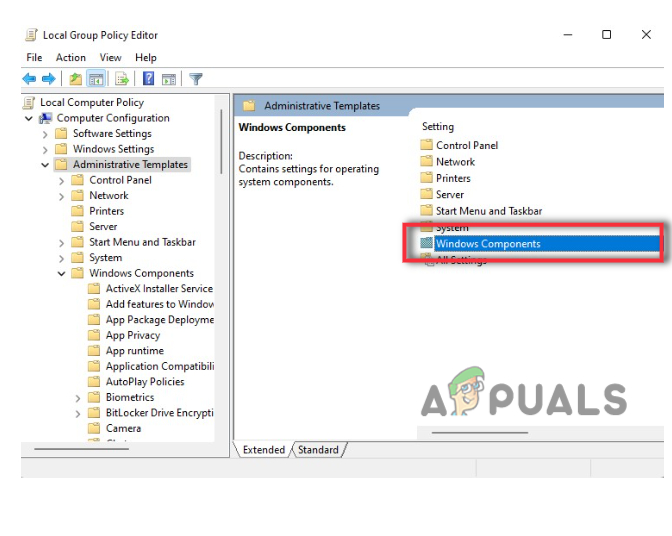
Editing Policy Settings - Double-click Configure Automatic Updates.
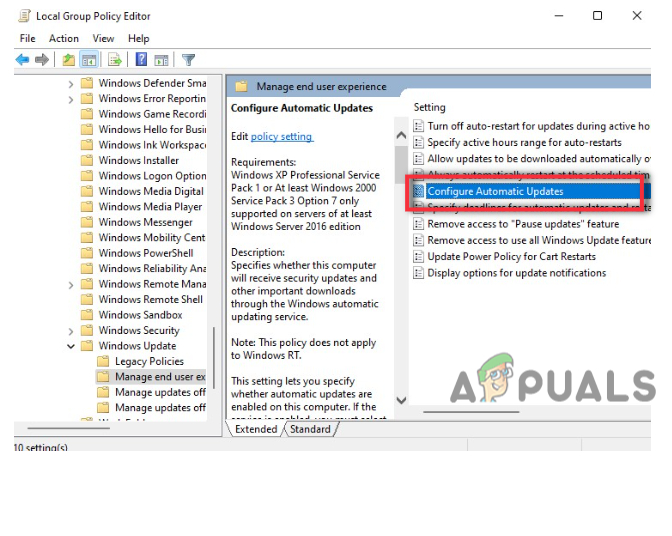
Configure Automatic Updates Policy - Select Not Configured and click OK.
- Reboot to apply changes.
